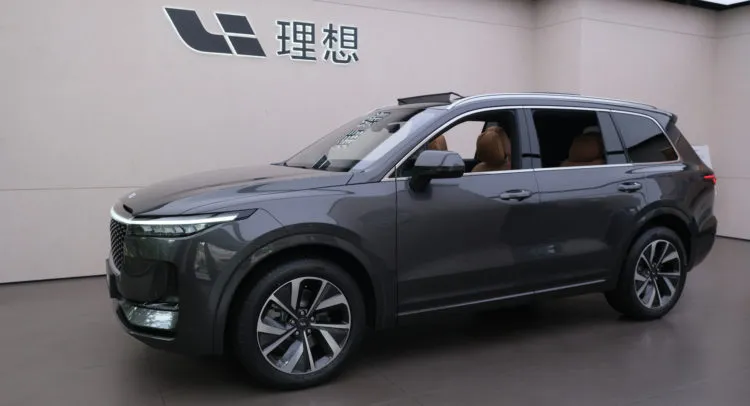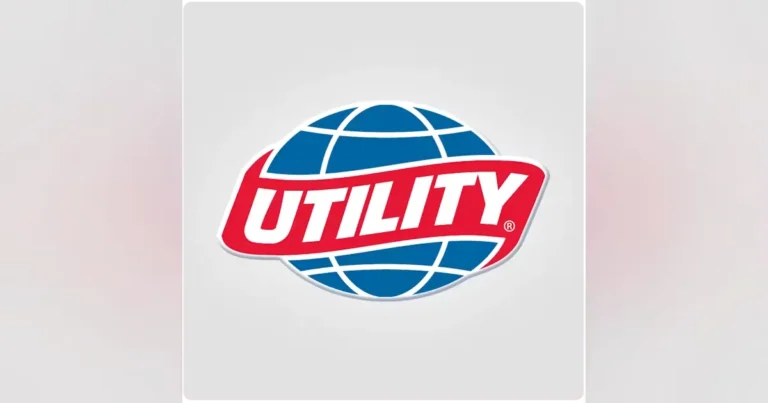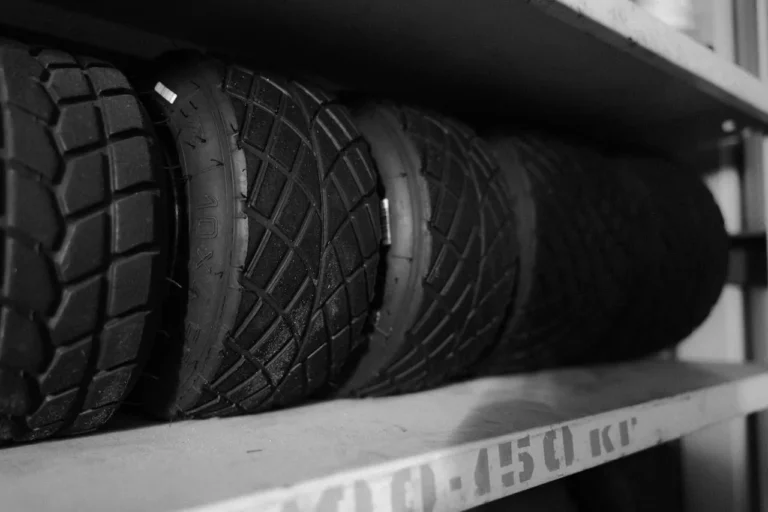
Celanese and Li Auto Partner to Set New Standards in Cabin Air Quality with Ultra-Low Emission Material for New Energy Vehicles
Celanese Corporation (NYSE: CE), a global leader in specialty materials and chemical solutions, has announced a strategic collaboration with Li Auto, a prominent innovator in China’s rapidly expanding new energy vehicle (NEV) sector. Together, the two companies are introducing a groundbreaking material innovation aimed at improving air quality inside vehicles: Hostaform® POM XAP®3. Scheduled for commercial launch in May, this new generation of polyoxymethylene (POM) is engineered to dramatically reduce cabin emissions and set a new benchmark for environmental safety within the automotive interior space.
The partnership underscores a shared commitment by both companies to advance sustainable, health-conscious automotive technologies. As regulatory pressures and consumer demand for healthier, greener vehicles intensify globally—particularly in China, the world’s largest NEV market—Celanese and Li Auto’s joint initiative reflects a forward-looking approach to responsible innovation and occupant wellness.
Redefining In-Cabin Air Quality with Hostaform® POM XAP®3
The centerpiece of the collaboration is Hostaform POM XAP3, an ultra-low emission polymer that represents the latest advancement in Celanese’s engineered materials portfolio. Developed as part of the company’s third-generation low-emission technology platform, XAP3 offers significant improvements in terms of volatile organic compound (VOC) reduction and formaldehyde emission control. Most notably, it reduces formaldehyde emissions by 90% compared to the current mainstream industry standards.
Formaldehyde, a common byproduct of many interior plastic components, has become a growing concern for health-conscious consumers, particularly in enclosed environments such as car cabins where prolonged exposure can occur. The introduction of Hostaform POM XAP3 directly addresses these concerns, aligning with evolving regulatory frameworks and customer expectations regarding vehicle interior air quality.
The material will be integrated into various cabin components in Li Auto’s upcoming vehicle models. These components, which often include interior trim, ventilation systems, and dashboard elements, play a significant role in overall cabin air composition. By using Hostaform POM XAP3, Li Auto aims to enhance occupant comfort while affirming its leadership in intelligent, health-conscious vehicle design.
A Strategic Alignment of Innovation and Market Leadership
Todd Elliott, Senior Vice President of Engineered Materials at Celanese, emphasized the broader significance of the collaboration in the context of Celanese’s mission and market strategy:
“Celanese is committed to pioneering materials science to improve everyday life, and this new material is a perfect example of enhancing the travel experience through lower emissions for new car customers. This collaboration not only demonstrates our leadership in material innovation, but also marks our further expansion into the new energy vehicles market in China.”
The partnership builds on Celanese’s decades-long expertise in advanced polymers and engineered materials, and its ability to develop highly specialized, performance-enhancing solutions for the automotive sector. The company’s third-generation low-emission POM platform, on which XAP3 is based, reflects years of research and development in response to the global shift toward cleaner, safer mobility solutions.
Li Auto, for its part, sees the collaboration as a strategic step toward reinforcing the value proposition of its vehicles, which already emphasize intelligent technology, user-centric design, and electrification. By integrating cutting-edge materials into its product pipeline, the company enhances both the sustainability and experiential quality of its vehicles.
“As consumers’ concern for in-vehicle environmental health continues to rise, a healthier cabin has become one of the core competencies of smart vehicles,” stated Jichao Duan, Head of Materials Department at Li Auto. “We look forward to advancing technological progress in this field with Celanese, delivering a superior driving experience for our users.”
Healthier Cabins as a New Standard in Smart Mobility
The automotive landscape is undergoing a transformation, not just in terms of electrification and autonomous capabilities, but also in how vehicle interiors are perceived. In the era of smart mobility, the cabin is increasingly viewed as a “third living space”—a seamless extension of the home and office, particularly in premium and family-oriented NEVs. As such, air quality, material safety, and ergonomic design are now critical parameters of customer satisfaction and brand loyalty.
Hostaform POM XAP3 responds directly to this trend, offering automakers a solution that combines mechanical performance, dimensional stability, and emission control without compromising on manufacturing efficiency. It is also well-suited for complex component designs, which makes it adaptable for multiple applications within the cabin.
Moreover, with China’s Ministry of Ecology and Environment and other regulatory bodies rolling out more stringent VOC and in-cabin air quality standards, OEMs are being encouraged—if not compelled—to rethink their material choices. Li Auto’s proactive adoption of Celanese’s latest material places the company ahead of the curve in terms of compliance and consumer trust.
Driving Innovation Through Materials Science
The development of Hostaform POM XAP3 is part of Celanese’s broader innovation strategy, which emphasizes cross-industry collaboration, sustainability, and performance-driven design. The company has invested significantly in its engineered materials R&D capabilities, including emission control technologies, bio-based polymers, and circular solutions that support customers in meeting their sustainability goals.
In this context, the partnership with Li Auto also serves as a model for future alliances between material science leaders and OEMs. Rather than treating sustainability as a downstream responsibility, the collaboration demonstrates how upstream innovation—at the molecular and design levels—can drive tangible benefits for end-users.
Through the integration of advanced polymer chemistry, environmental science, and automotive design, Celanese and Li Auto are jointly shaping a future in which smart vehicles are not only more efficient, connected, and electric—but also healthier and more comfortable to inhabit.
A New Era of Clean Interiors in NEVs
As NEVs gain greater market share globally, particularly in China where policy support and consumer adoption are strong, the importance of next-generation materials like Hostaform POM XAP3 will only grow. The success of this partnership may set a precedent for the industry, encouraging other OEMs to adopt ultra-low emission materials as a standard part of their cabin design strategies.
For Celanese, the collaboration with Li Auto signals an expansion of its footprint in the Chinese automotive sector, where demand for specialized, low-emission materials is accelerating. For Li Auto, it reflects a continued commitment to differentiating its vehicles through thoughtful, health-forward innovation.
Together, the two companies are not just addressing a niche technical challenge—they are helping define what it means to be a responsible, forward-thinking mobility provider in the 21st century.







